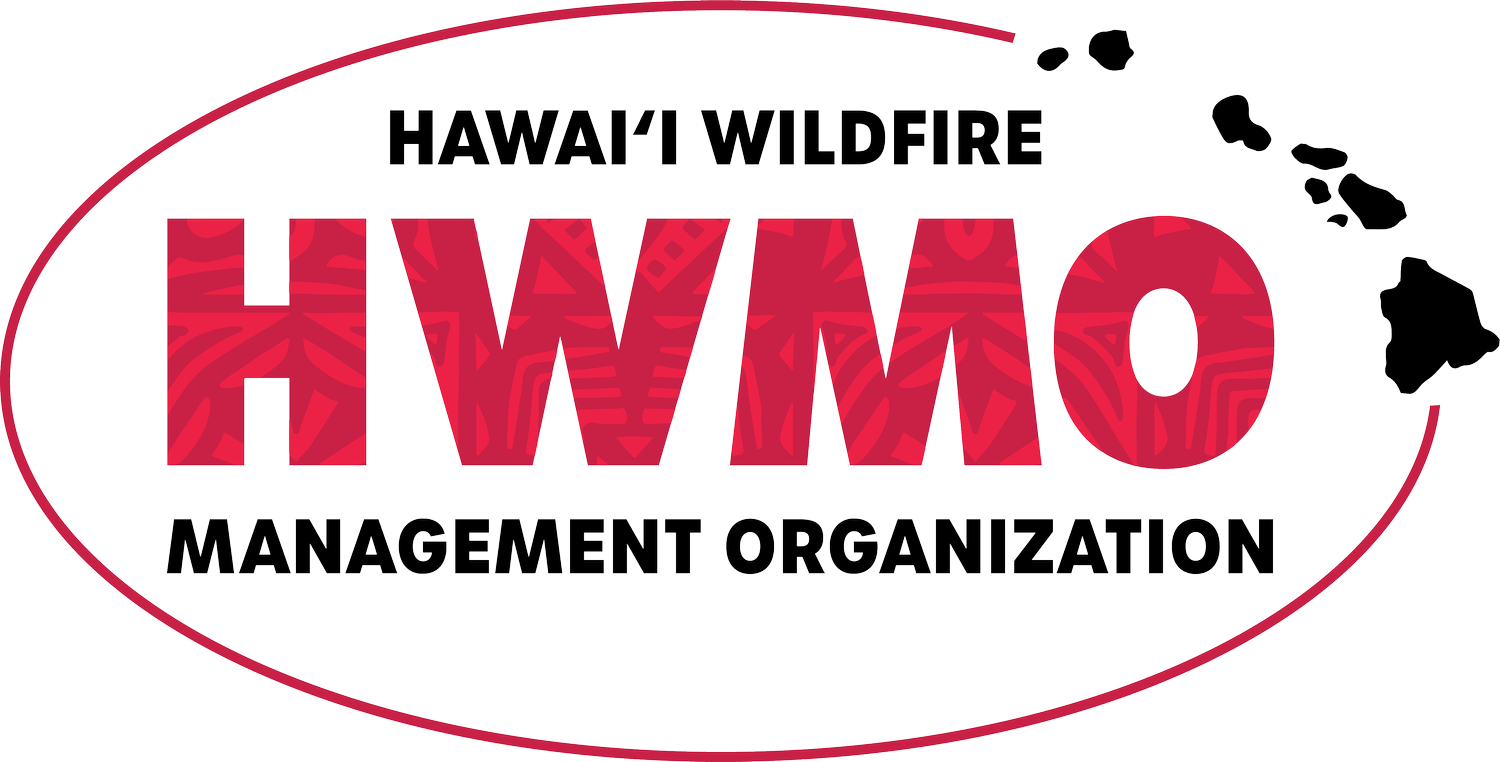From the Source:
"Just as wildfire season is getting off to a heated start, a new study has found that in the last 30 years in the western United States, both the number of fires and the area that they burn have increased. The study, published by the American Geophysical Union, looked at the 17-state region stretching from Nebraska to California. It found that wildfires over 1,000 acres in size increased by about seven fires a year from 1984 to 2011. It also found that the amount of area these fires burned increased each year at about 140 square miles, or 90,000 acres, per year — an area about the size of Las Vegas and nearly the size of Denver.
The researchers assert that these trends are likely due to climate change and associated shifts in rain patterns and temperature norms, rather than local factors. The study does not directly link the findings to human-caused climate change, but it says the observations fit well with the predictions of climate models for the region.
“We looked at the probability that increases of this magnitude could be random, and in each case it was less than one percent,” Philip Dennison, an associate professor of geography at the University of Utah in Salt Lake City and lead author of the paper, said in a statement.
This is the first study to utilize high-resolution satellite data to look at wildfire trends across a variety of landscapes and ecoregions, according to the researchers. They used nine ecoregions, including forested mountains, deserts, and grasslands, and found that the rise in fire activity was strongest in areas like the Rocky Mountains, the southwest desert, and the southern plains in Texas, Oklahoma, and Kansas. According to Dennison, these are the same regions that would be expected to experience more fire activity due to climate change."










